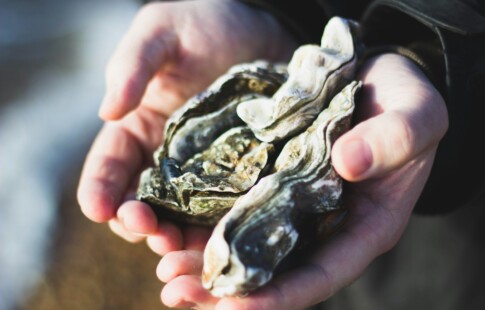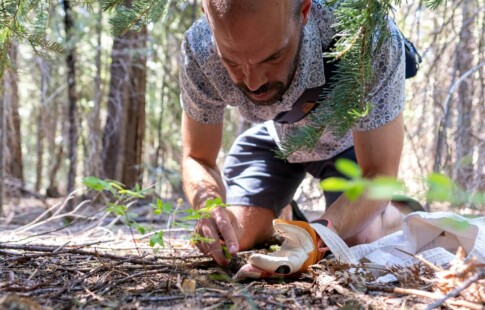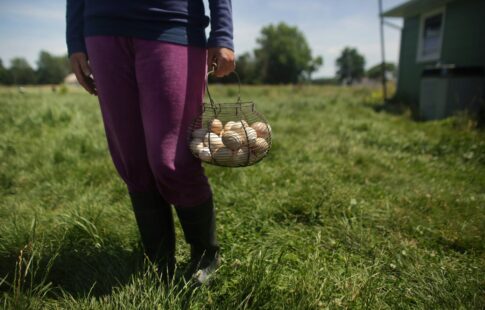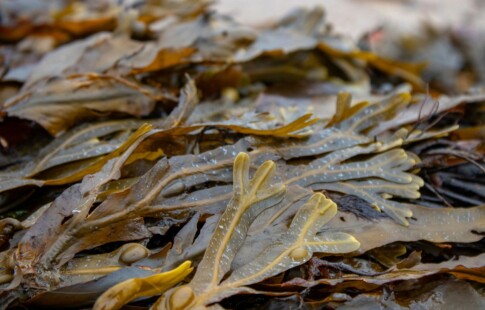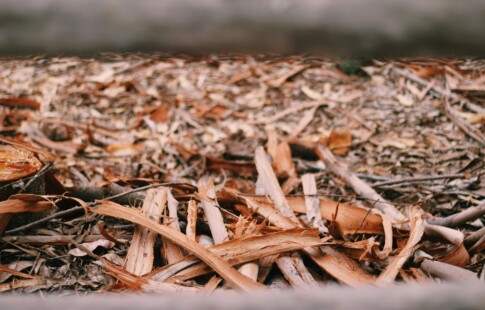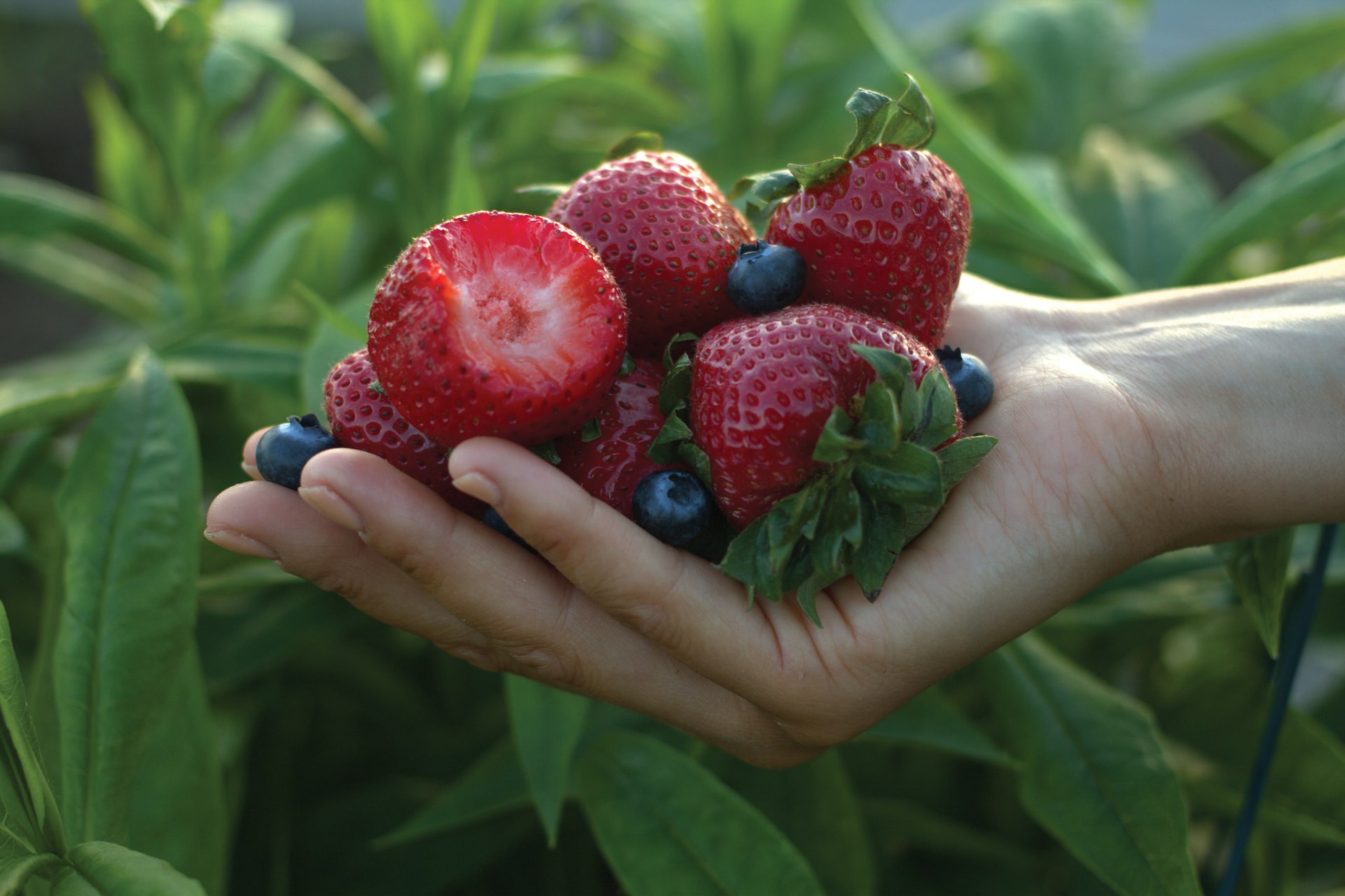
The Best Fruits and Vegetables to Grow at Home
We are reader-supported. When you buy through links on our site, we may earn affiliate commission.
If you’re warming up your green thumb, you might be wondering what the best fruits and vegetables to grow at home are. Producing your own food from your backyard or patio might sound like a challenge, but these eight plants are easy to grow and have a significant yield. Not to mention, you’ll be helping out the planet by doing it.
The produce you buy uses fossil fuels to get to your local grocery store. Transporting goods makes up 19% of the food system’s emissions, adding three gigatons of carbon dioxide to the atmosphere. Growing more food close to your house will reduce your carbon footprint and help the Earth. Here are the best fruits and vegetables to grow at home.
Easy Vegetables to Add to Your Garden
These are some veggies that may thrive in your home garden, whether you buy them as plants or start from seed. Your yard will be full of healthy greens after you grow these four vegetables.
1. Peas
Two weeks before your last frost or as soon as you can break ground, sow some pea seeds, and you’ll have a fresh crop in about two months. Space the future peas about six inches apart, place them in a shallow hole, and pack the earth back on top. As they grow, soak the dirt — not the vines — weekly.
Plant another crop a week or two later if you want to harvest them throughout the summer. Pea plants often need a trellis, which you can make with two stakes inserted into the ground and string crisscrossing between them.
2. Carrots
Carrots do take a little bit of work to ensure proper growth. They like loose and fine soils, so try adding some sand to where you’re planting to avoid misshapen or little carrots. These vegetables can also tolerate frost, so start them during the spring or fall and give them plenty of room to grow.
Water the seeds right after planting, put them on the same hydration regimen as peas, and check the packet they came in to see how long they’ll take to grow. The plants will also appreciate some thinning, which helps create the thicker carrots you would see at the store.
3. Cucumbers
Cucumbers like a lot of warmth, so start by planting the seeds inside three weeks before you want to grow them. Put them in the ground two weeks after the final frost or once the soil reaches 70° Fahrenheit. They also like very fertile dirt, so add some homemade compost to the ground where you want to plant them.
You only need to put the seeds about one inch in the soil, but you should space them out three to five feet. A trellis may also be a good idea if you want the vines to climb or don’t have much space. Plant another crop in two weeks for continuous growth, water once a week, and wait six weeks for your cucumbers.
4. Lettuce
How about a refreshing salad to celebrate your incredible vegetables? Like carrots, lettuce can withstand frost, so plant these once the temperature is between 40° and 65° Fahrenheit. How far apart you space them and the level of sun they enjoy varies between species. They also like some thinning, water when they wilt, and a bit of compost.
Some lettuce will take only a month to get to your bowl, while others may take as much as three months to be ready for harvesting. Grab some of the outer leaves in the morning once they’re big enough and enjoy a delicious mix of all your home-grown vegetables.
Simple Fruits for Your Backyard
Like vegetables, you can either buy your new sweet crop as plants or start them at home. Either way, you’ll have a fantastic yield with these four fruits.
1. Grapes
Grapes are a long-term commitment, but you’ll have a beautiful vine once they start bearing fruit. Start by choosing a species — some are specifically for winemaking and others may not thrive in your area. Choose a sunny spot to plant them, give them five or six feet all around to grow, and water frequently.
Keep the vines from tangling by pruning them and create a large trellis for support. You should also clear out any plants that may take nutrients from the grape vines and consider getting rid of their flowers in the first year or two to promote root development.
2. Strawberries
A fresh strawberry is a delicious treat on sweltering summer days — being able to grab one from your garden is even better. Like grapes, you should choose a variety that can grow well in your zone. In your first year, it may be better to grow them in a pot instead of the ground so they can develop well throughout the season and be safe in winter.
The fruit may also benefit if you pinch off the first blossoms so the plant can focus on growing. They will not thrive if their roots stay soaked, so they should have loose soil with plenty of compost. Wait about a year to harvest your beautiful red strawberries.
3. Blueberries
Not only are blueberries great for you, but they’re one of the best fruits of the summer. They too enjoy full sun, but also a co-plant so they can cross-pollinate. Blueberry bushes also like loose soil that’s more acidic — around 5 pH. Dig a wide, foot-deep hole and place each plant about six feet from each other.
Blueberries will do best if you plant them during spring or fall when there’s no chance of frost. Once you have it in the ground, fill the hole back up with the dirt, peat moss, and compost. The bushes take about two years to fruit with pruning in the winters, but the wait will be worth it.
4. Watermelon
Their size may mislead you, but watermelons are actually pretty easy to grow. They like the heat, so wait until the ground is about 70° Fahrenheit and plant the seeds ½-inch deep. Place two to three or six to eight seeds in the holes — depending if you make rows or small hills — and trim them to two or three plants per mound after a few weeks.
The melons also like to have a healthy amount of compost. Like most of the plants on this list, they need an inch of water each week and lots of sun. You could consider planting local flowers near your watermelons to ensure bees and other pollinators can find them.
Choose Any of the Best Fruits and Vegetables to Grow at Home
All of these foods are excellent choices for anyone looking to start growing their own crops. You may find the fast-growing plants easier to care for, while the slower ones allow you time to hone your gardening craft. Whichever plants you pick, stay patient and enjoy the fruits — or vegetables — of your labor.
Share on
Like what you read? Join other Environment.co readers!
Get the latest updates on our planet by subscribing to the Environment.co newsletter!
About the author

Steve Russell
Steve is the Managing Editor of Environment.co and regularly contributes articles related to wildlife, biodiversity, and recycling. His passions include wildlife photography and bird watching.
